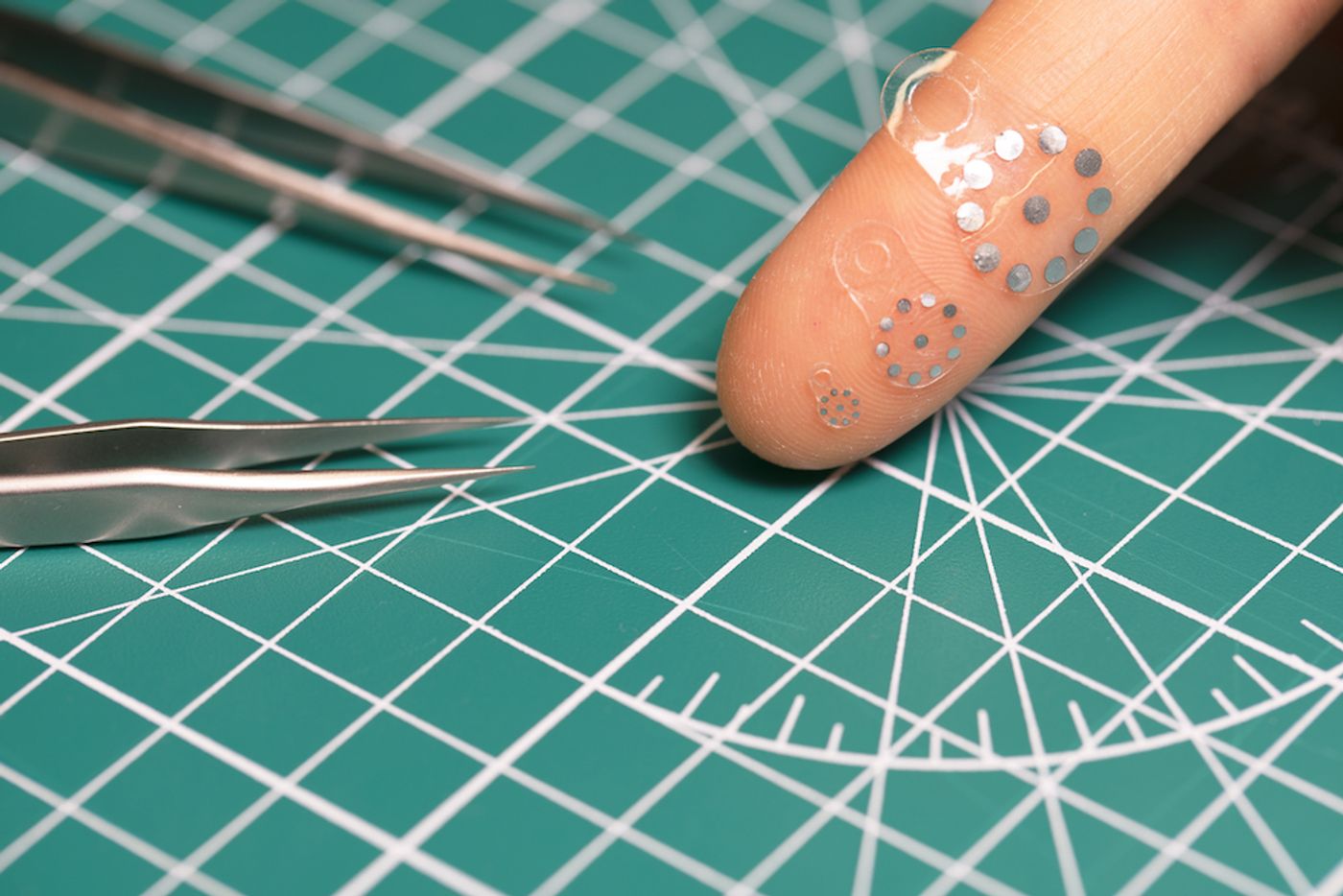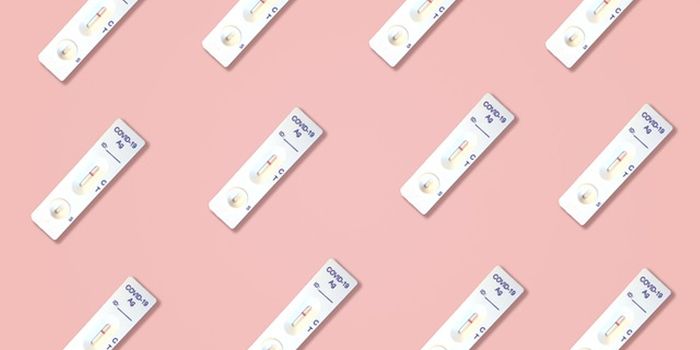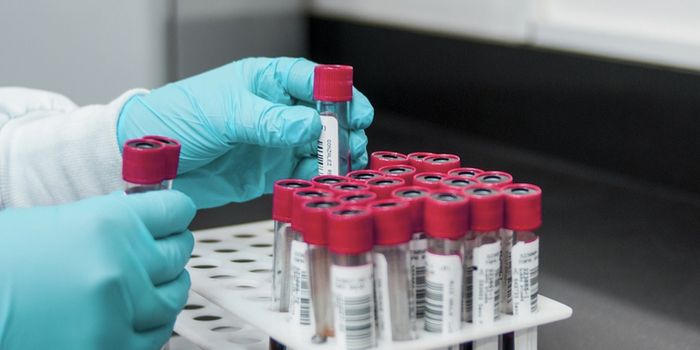Ultrasound Stickers can Shapeshift & ID Post-Surgical Problems
After surgery on the stomach, small intestine, or pancreas, patients are at serious risk of developing a complication called anastomotic leaks, when gastrointestinal fluids can escape the digestive system. This is a life-threatening issue that is very tough to detect. About half of pancreatic surgery patients get these leaks, and the symptoms can be nonspecific and difficult to recognize. But if they are not detected quickly, patients have a 30 percent chance of spending an additional six months in the hospital and a 20 percent risk of dying, according to Dr. Chet Hammill, an Associate Professor of Surgery at Washington University.
There are no reliable methods, including CT scans, ultrasounds, and MRIs, to detect anastomotic leaks. However, researchers have now developed a new sticker made from hydrogels and other materials, which can monitor patient health and the status of organs that lie deep in the body. This tiny sticker can be implanted at the end of a surgery, or inserted with a syringe and it changes shape as the pH of the body changes, which is one early warning sign of anastomotic leaks. The status of the sticker can be monitored with ultrasound imaging in real time, enabling clinicians to determine if leaks are occurring around the stomach, small intestine, or pancreas. The work has been reported in Science.
"These leaks can arise from subtle perforations in the tissue, often as imperceptible gaps between two sides of a surgical incision," said John A. Rogers, a Professor of Biomedical Engineering and Neurological Surgery at Northwestern University, among several other appointments.
There are advantages to using ultrasound technology. For example, it is usually readily available, inexpensive, and poses few risks to patients. But, it does not differentiate between bodily fluids like blood and gastric fluid reliably. So the researchers developed sensors that could be read by ultrasounds, and embedded them into a hydrogel. The sensors are made of metal and when they are exposed to acidic stuff like pancreatic juices, they contract. The disks in the hydrogel get further apart or closer together depending on the local tissue environment, and the ultrasound can be used to detect those tiny changes.
Since the hydrogel disks are so tiny, the scientists also created software that can help radiologists assess the ultrasound images with high accuracy. If problems are identified, clinicians can act quickly. Once patients have recovered, the non-invasive sticker simply dissolves away. The investigators are hopeful that it will soon improve patient outcomes.
"Because the acoustic properties of the metal disks are much different than those of the surrounding tissue, they provide very strong contrast in ultrasound images," Rogers said. "In this way, we can essentially tag an organ for monitoring."
The technology was tested in small and large animal models, and it was consistently able to detect changes, even when it was ten centimeters deep in tissues. The disks changed shape within minutes when exposed to fluids that were unusually high or low in pH.
"It's obviously an early prototype," Hammill said. However, "this could have a huge impact on patients, their recovery time and, ultimately, their quality of life." A bit more testing and develpment will be needed before it can be used in the clinic.
Now Rogers and colleagues are interested in developing tools that could detect internal bleeding or changes in temperature.
Sources: Northwestern University, Science









